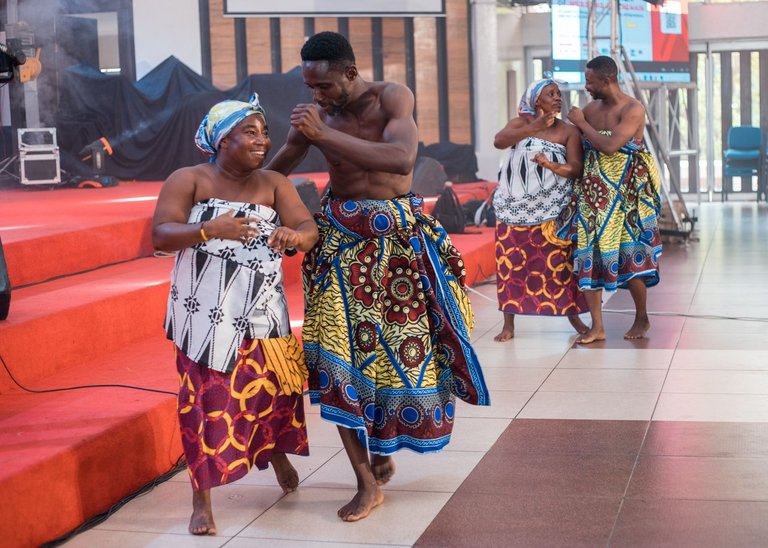
I'm from the Ashanti Tribe in Ghana,we are known for having a very rich culture; dance and style of dressing play a very significant role in the identity of my tribe. Our dance and attire are not related just to aesthetics; they allude to deeper cultural, historical, and social values.
Ashanti Dance: A Symbol of Heritage and Communication
Dance among the Ashantis is a potent means of expression. It is a lot more than performance art; it's a way of relaying messages, emotions, and even history. One of the most important Ashanti dances is the Adowa. This traditional dance consists of some graceful and deliberate movements with the body swaying to the rhythmic beats of drums.
During the Adowa dance, both men and women participate, though their roles differ in the dance. For example, the Adowa is danced on all social occasions, from funerals to festivals, in which all movements and gestures are loaded with meaning. Hand movements most often take the form of showing sympathy and respect, especially those expressed in bereavement. Dancing is not an independent practice; it is bonded with drumming.
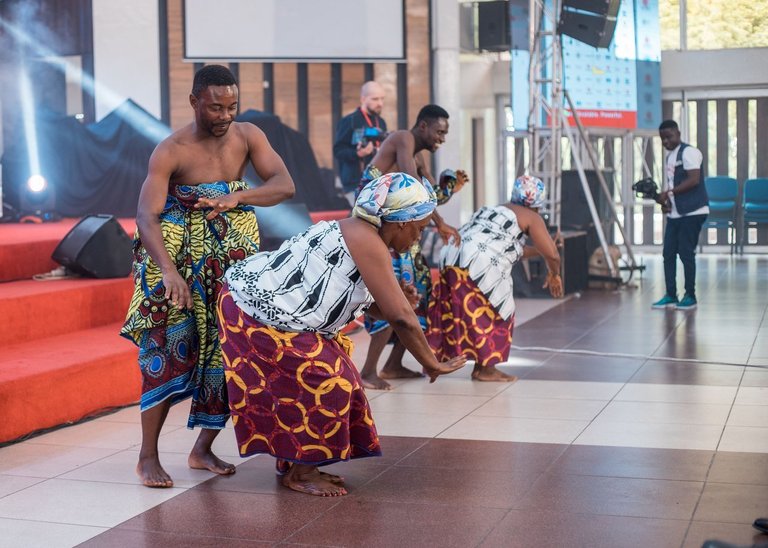
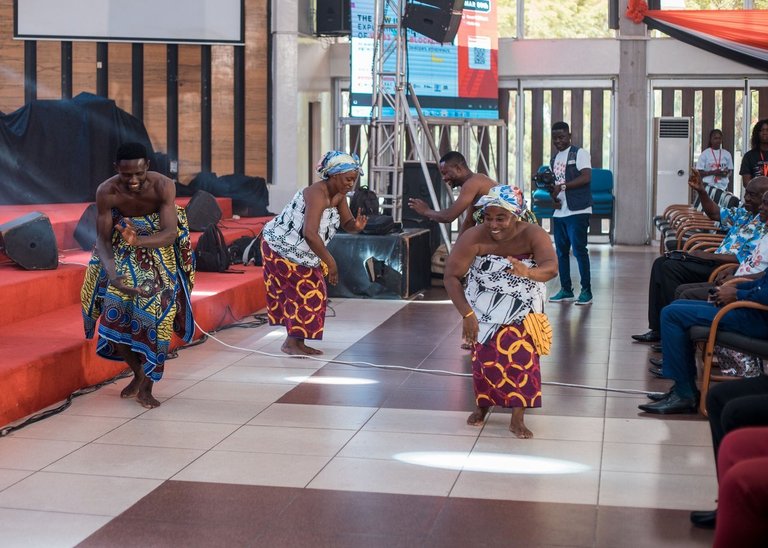
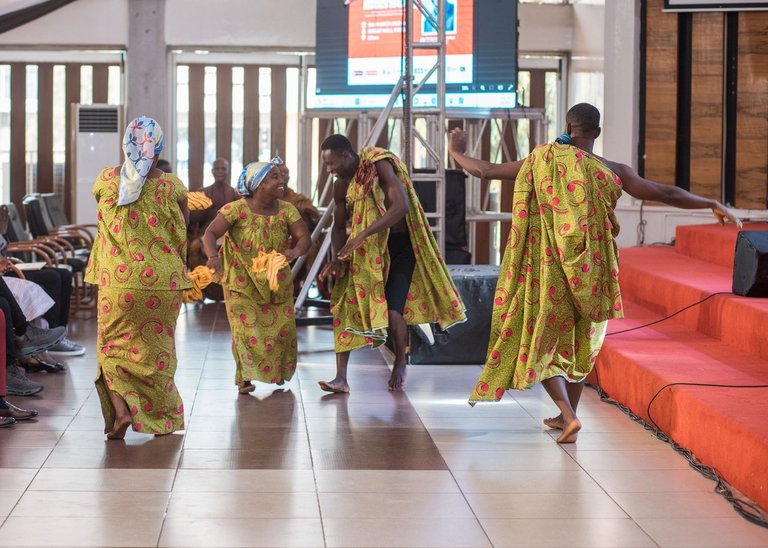

The "Atumpan" are the drummers; in addition, they provide the rhythmic patterns that are necessary to cue the dancers at specific junctures. This makes the drumming and the dance a harmonious coordination of sound and movement. This becomes achieved through synergy, which makes the Adowa dance an entertaining event and one that communicates information to participants who are able to express sentiments not captured by words.
Kete is another alias for another significant dance in Ashanti culture. While Adowa is fluid in nature, Kete can be more ceremonial and joined with royalty. It also performs during significant events, such as during the enstoolment of a chief or any other major festival that pertains to the stool house. Kete dance movements are well-structured and stately; dancers usually wear apparel that reflects importance, including bright, vibrant, traditional fabrics. Like Adowa, Kete is inseparable from the drumming, for each step brought must strike with the beats in perfect time, reflecting a dance of force and respect for authority.

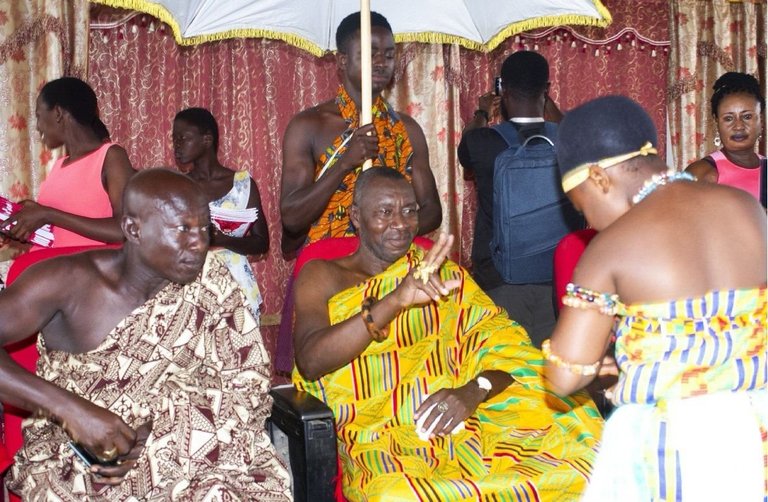
Ashanti Style of Dressing: Royalty and Cultural Pride
Ashanti dressing usually is full of boldness, elegance, and cultural pride. The Kente cloth is the pride of Ashanti dress, a handwoven fabric considered to be very sacred not only in Ghana but all over Africa and the world, for that matter. To the Ashantis, Kente is considerably more than a gorgeous fabric.
Through its multicolored, pattered beauty, the Kente tells several stories at once: status, heritage, and unity. Traditionally, Kente is worn during special ceremonies and events like marriage, festivals, and religious events. Specific meanings are attached to the colours and patterns of Kente: gold for wealth, green for growth, and black for strength and maturity.
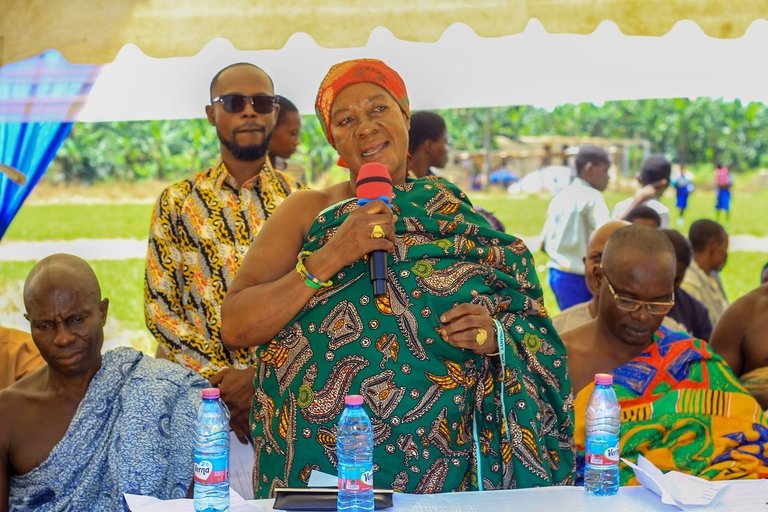
Traditionally, men wear Kente in a toga fashion: the cloth draped over one shoulder and leaving the other shoulder free. This prestigious traditional fabric is donned at important ceremonies and official occasions where the art of wear signifies strength, authority, and wisdom. In fact, the wrapping of Kente on the body itself is an art, and at every fold and drape, much care is undertaken to keep the beauty and significance of the cloth intact.
The traditional wear for Ashanti women is composed of the Kaba and Slit. The Kaba is a fitted blouse worn with a long wrap skirt called the slit, usually with extensive designs or embroidery on it. The cloth worn for this outfit is usually of Kente or other high-quality fabrics. The outfit can also be modest yet stylish, reflecting the grace and dignity of Ashanti women.
It is usually complemented with headscarves, beads, and gold jewelry. Gold is a very important commodity in the Ashanti tradition and their culture; therefore, it reminds one of the wealthy Ashanti Kingdom, and thus they wear it during special occasions representing royalty, power, and prosperity.
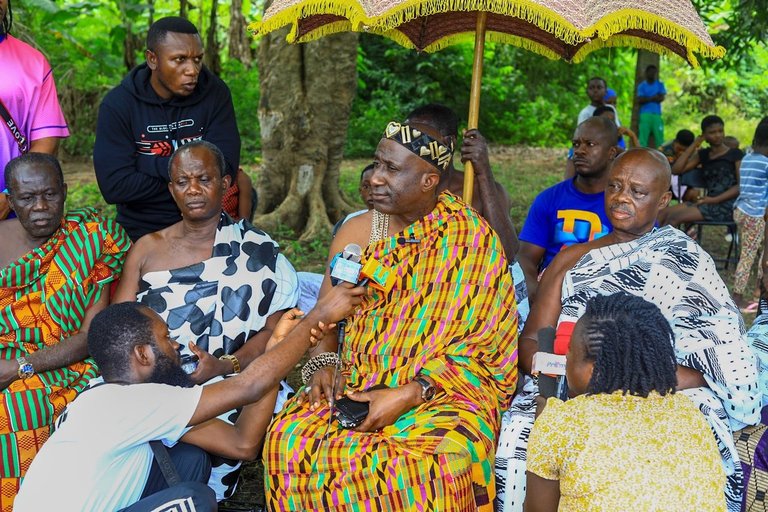
Especially, the traditional clothes of Ashanti chiefs and royals are highly developed. Chiefs wear richly patterned Kente cloths along with big gold ornaments, including crowns, bracelets, and necklaces that denote their authority and respect of the Ashanti people toward their leadership. The sandals that the royals wear symbolize something, too, and the gold details underline their high status even more.
Indeed, one cannot envision the Ashanti people without dancing and dressing, and all this is represented deep in their culture. For example, all their dances Adowa and Kete are not simple performances but meaningful, acting almost as a link between generations to give the young ones the old customs of the land.
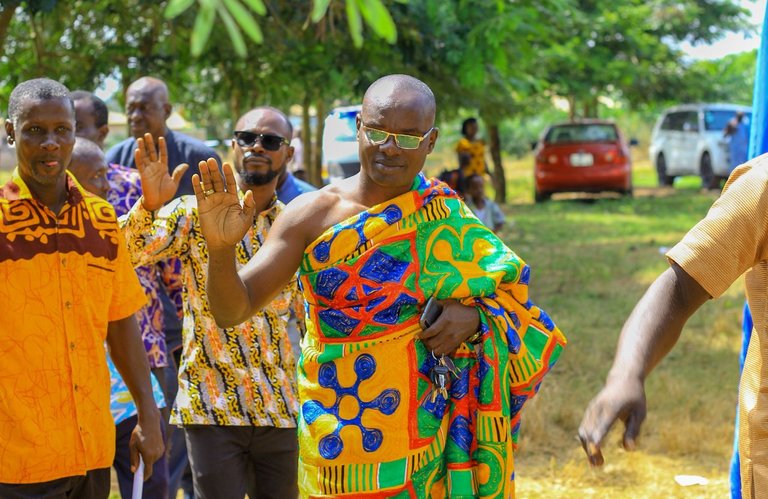
Even the clothes they wear are full of meaning; starting from the patterns to the color, telling stories about heritage and pride in status, are all depicted on the Kente cloth. The richness of Ashanti dance coupled with its dress creates one single cultural expression that has honored the past and yet is continued in influencing the present.